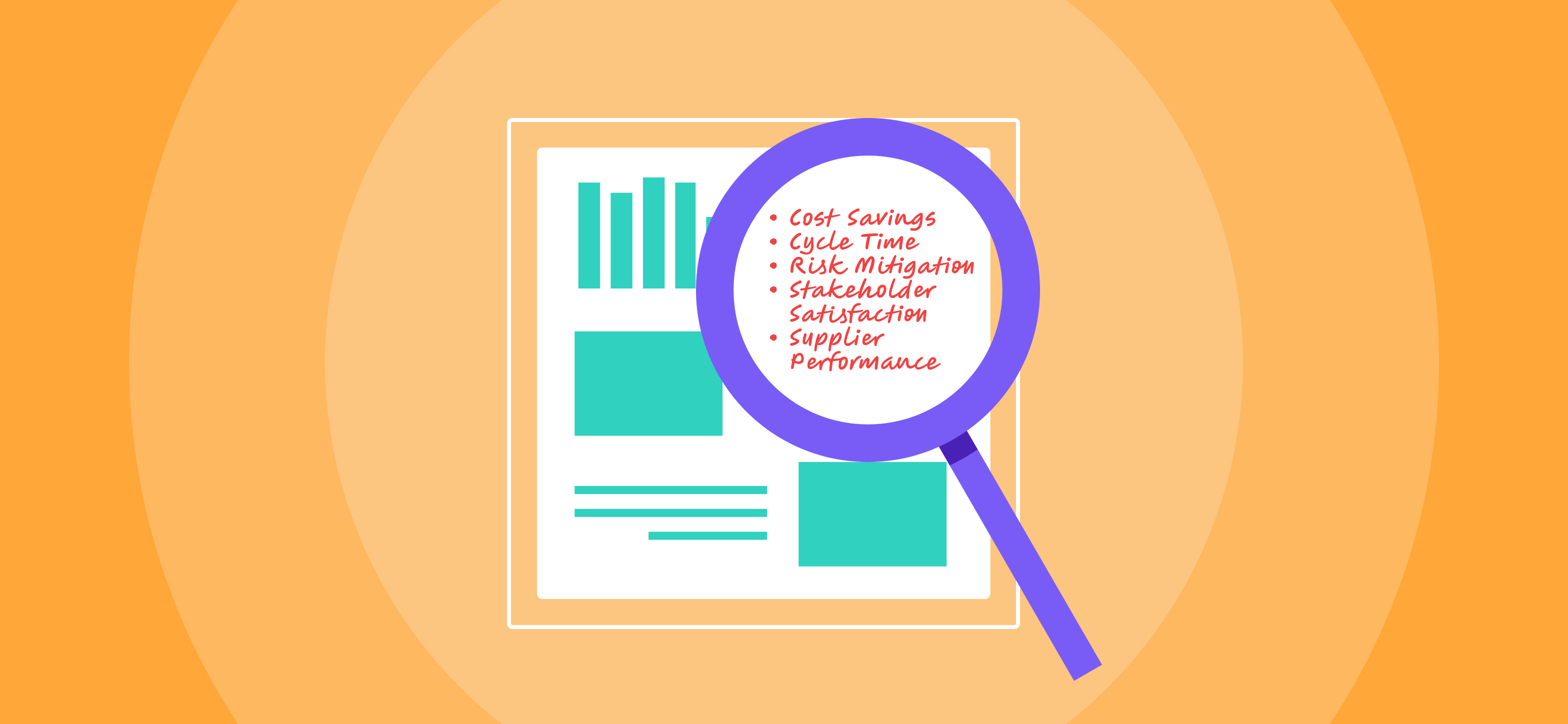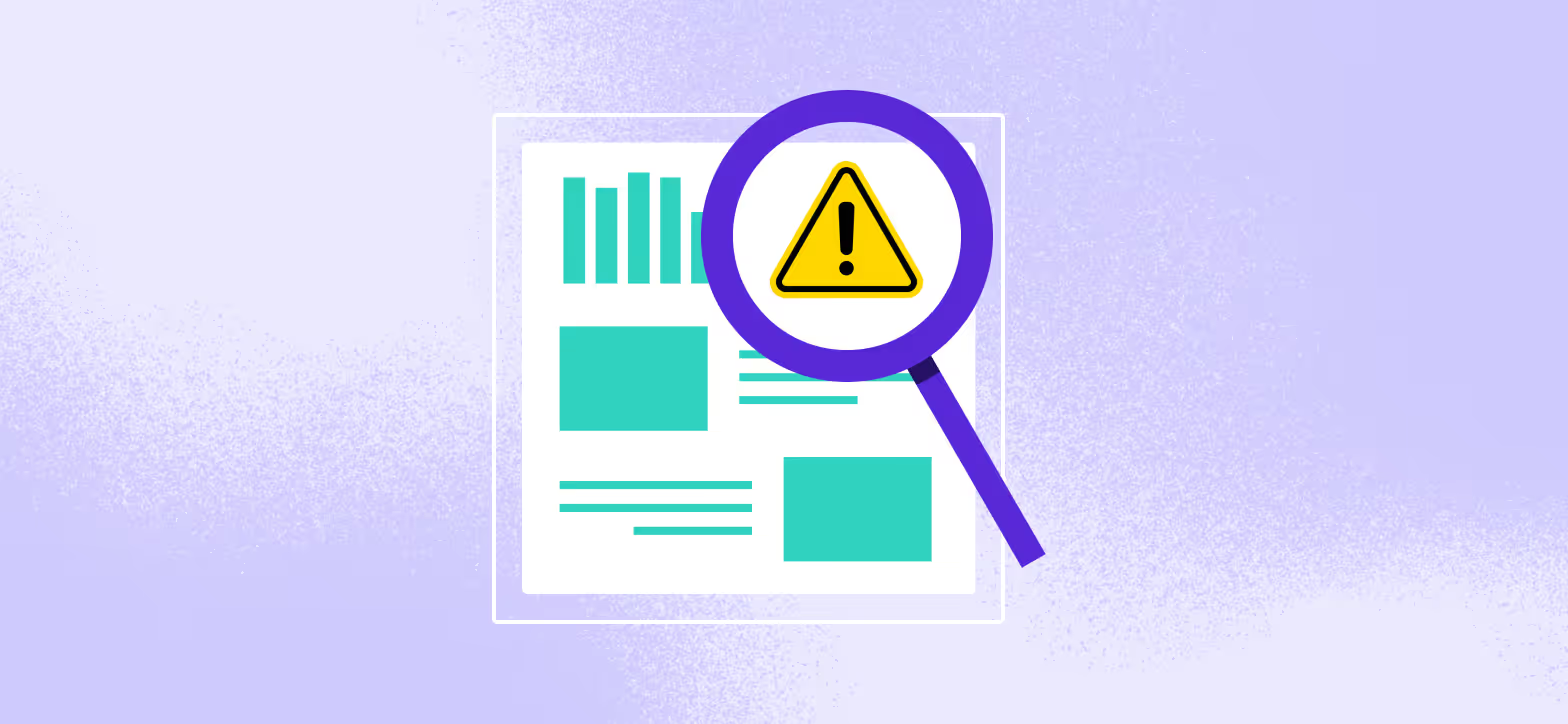Finance and procurement teams are stretched thin, juggling tight budgets and limited resources. The pressure to maintain profitability and deliver strong financial performance is very high, especially when manual, administrative tasks consume valuable time.
Streamlining these activities become important to drive efficient growth. The more you can reduce time spent on the procurement process, the more you can focus on strategic priorities within your role.
Let’s explore five procurement best practices to help you simplify your process and reclaim valuable hours of time back.
Procurement Best Practices That Save Time
1. Use Vendor Price Benchmarks and Supplier Utilization Data
Leverage market intelligence and usage data to quickly determine which vendors in your pipeline need your immediate attention.
While focusing on top spend suppliers is common, the largest savings opportunities may lie within other suppliers across your tech stack. For example, saving 40 percent on a $100K deal can be more impactful than a 2 percent savings on a $1M contract.
To identify your largest opportunities:
- Use price benchmarking data: Compare what you’re being charged/quoted versus what other companies have been paying.
- Identify alternative vendors: See which solutions other companies are using.
- Analyze utilization metrics: Determine acceptable ROI on usage to decide who gets a license and who doesn’t.
- Understand negotiation levers: Tailor your negotiation strategies to each supplier.
- Deploy data models: Understand pricing and utilization trends and compare them against budgets to prevent costs from getting out of control.
“Saving 40 percent on a $100K deal can be more impactful than a 2 percent savings on a $1M contract.”
The combination of these actions help you understand whether or not a certain vendor is worth your time and effort to even negotiate larger savings and more favorable terms.
Here's a tip: When evaluating third-party pricing data and supplier recommendations from a buying partner, scrutinize the integrity of their benchmarks by asking if they accept commissions from suppliers. This ensures you are using unbiased data and recommendations to get the best possible outcome.
2. Establish an Efficient Intake Process
Tackle urgent and important spend by setting up a strong intake process that gives you plenty of runway to prepare for contracts.
Adequate preparation before making a purchase can control and reduce spend significantly. In fact, we’ve found that kicking off the procurement process at least six months before the renewal date can lead to a 39 percent savings improvement. The savings diminish as the renewal date approaches, averaging 22 percent at 60 days and 14 percent at 30 days.
Remember, intake is the front door to your entire procurement process – make it easy to find and simple to use for stakeholders. To create a successful intake:
- Implement a centralized form or portal: Build an intake that uses one form or portal with an easy-to-share link to eliminate ad-hoc requests and rogue spend.
- Simplify data collection: Use multiple-choice options and checkboxes instead of lengthy questionnaires to make it easy for stakeholders to answer.
- Align with stakeholders: Determine your approvers and define your must-haves to avoid unnecessary add-ons.
“Intake is the front door to your entire procurement process – make it easy to find and simple to use for stakeholders.”
Here's a tip: Aim for 85 percent of purchase requests to be created at least 120 days before the need date. A baseline like this gives you sufficient time to source, negotiate, and manage spend better. Time is your key to leverage.
3. Outsource Negotiations
Managing a large volume of contracts with limited resources can be challenging. Consider outsourcing procurement functions to handle fluctuations in demand and improve efficiency.
Benefits of outsourcing procurement:
- Expert support: Leverage specialized procurement and negotiation expertise.
- Increased productivity: Internal stakeholders can focus on their core responsibilities.
- Better outcomes: Outsourced teams can often negotiate better deals and manage contracts more effectively because they’ve had plenty of at-bats.
To effectively determine when it’s best for your team to outsource negotiations, start by setting clear thresholds. This is a good starting point to define when your team should get involved and when stakeholders can proceed on their own.
Here’s the caveat: While thresholds are a good foundation, the back and forth of negotiations to gain pricing transparency consume valuable time, regardless if your team or stakeholders handle the conversation with vendors. Even if your stakeholders achieved a positive outcome on their own, the investment and effort into executing this part of the procurement process only distracts them from strategic work within their roles.
Here's a tip: When outsourcing negotiations to specialists, ensure you tap in experts who are specialized in dealing with that particular vendor and category. By virtue of experience (having hundreds of at-bats), specialized experts understand the context, trends, and strategies to drive the best outcomes.
4. Build a Contract Repository
A centralized contract repository gives you greater visibility into all your contracts, which is the foundation for effective spend management. After all, you can’t manage what you can’t see.
At its core, building your source of truth for all contracts (repository) involves:
- Tracking down contracts: Identify where your spend is going by tracking down your vendors (you may need to reach out to stakeholders or search emails and hard drives, especially if they’re scattered throughout the organization).
- Consolidating contracts: Once you’ve tracked down your vendors, store all contracts in one central location such as a shared folder in the cloud or an intuitive tool that’s easily accessible for stakeholders to find.
- Scraping contract metadata: Ensure all relevant data points are captured and track key metrics to monitor upcoming spend and renewals.
Searching and scouring your organization for every upcoming renewal causes major distractions. By organizing contracts in one place, finance and procurement teams can reduce the distraction of searching for scattered contracts and proactively take action faster. Finding consolidation opportunities, managing utilization, improving forecasting, and getting ahead of renewals are byproducts of greater spend visibility.
“By organizing contracts in one central location, finance and procurement teams can reduce the distraction of searching for scattered contracts and proactively take action faster.”
Here's a tip: Increase spend visibility and prioritize upcoming spend with this simplified approach:
- Find and store all your contracts in one place.
- Sort, filter, and track important contract meta-data.
- Understand upcoming budgeted spend into your forecast.
- Determine a working pipeline of projects sorted by urgency and importance.
5. Utilize a Spend Management Platform
Not only can investing in a spend management platform improve control over spend, but it also automates manual procurement processes.
Some notable areas where a strong solution can improve efficiency:
- Intake management: Simplify the procurement process with an easy-to-use intake portal that automatically routes to your entire process.
- Orchestration: Enhance compliance by automating approval workflows based on spend amounts and categories that are appropriate for your business.
- Contract tracking: Store and manage contracts in a centralized repository that organizes important contract meta-data and allows for easy sorting, tracking, and collaboration.
- Reporting and dashboards: Track key spend metrics (i.e. number of requests, utilization rate, cost savings, etc.), align performance with goals, and forecast more accurately.
- Supplier intelligence: Gain insights into pricing, trends, and competitive analysis to make informed buying decisions based on your needs.
A spend management tool should enhance visibility and control over spend while automating manual, time-consuming tasks to ensure compliance and scalability. By minimizing time spent on the procurement process, a strong tool streamlines your operations and frees up time to work on other responsibilities.
Here's a tip: Leverage a tool that not only gives you the ability to control your spend, but also provides unbiased market data and insights that help you gauge a fair price and give you the answer key to achieve the best outcomes. A combination of robust controls and market data gives buyers maximum leverage.
Procurement Best Practices: Save time with Tropic
Implementing these best practices can significantly reduce time spent on administrative procurement tasks, giving finance and procurement teams hundreds of hours back to focus on strategic initiatives.
Continue increasing efficiency with a robust platform like Tropic, which streamlines your buying process with spend management controls, analytics/reporting capabilities, plus comprehensive market intelligence. Learn more at tropicapp.io.
Related blogs
Discover why hundreds of companies choose Tropic to gain visibility and control of their spend.








